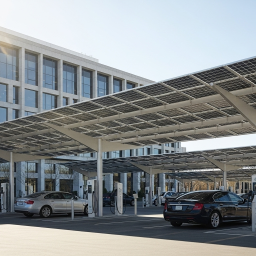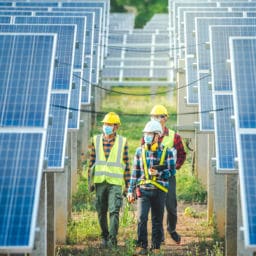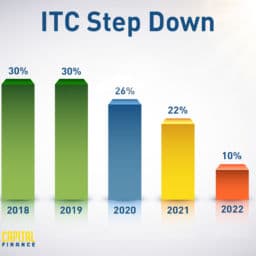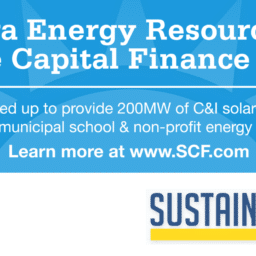 On October 19, 2018, the U.S. Treasury Department proposed legislation that could have a massive impact on solar investment in the United States. The bill established a tax incentive program framework that targets areas of economic distress defined as “Opportunity Zones”. The provision will greatly benefit investors with projects in these designated opportunity areas.
On October 19, 2018, the U.S. Treasury Department proposed legislation that could have a massive impact on solar investment in the United States. The bill established a tax incentive program framework that targets areas of economic distress defined as “Opportunity Zones”. The provision will greatly benefit investors with projects in these designated opportunity areas.
While many solar incentives exist in states such as California, Massachusetts, and Illinois, the Opportunity Zone program has the potential to offer additional lucrative benefits for equity capital investment in these areas. Qualifying zones are located in all 50 states, including those with historically weak solar incentives.
How the Opportunity Zone Program Works
The program is intended to incentivize capital investments in low-income areas across the country, offering increased benefits to investors the longer they hold their assets. The program offers tax incentives at steps of 5, 7 and 10 years.
Investments in an Opportunity Zone are eligible for three different incentive structures.
1. Deferred Capital Gains
Income from capital gains reinvested in an Opportunity Zone may be deferred until either the investment is sold, or December 31, 2026.
2. Reduced Capital Gains
Investments held for at least seven years in the Opportunity Fund have their Capital Gains tax reduced by 15%.
3. No Capital Gains Tax on Profits
If held for at least ten years, disposition of an Opportunity Fund investment will not result in additional federal income taxes.
Solar + Storage in Opportunity Zones
One of the most exciting aspects of the Opportunity Zone program is the flexibility of investment type. A range of renewable investment opportunities can be developed as the total CAPEX invested in PV solar and any connected energy storage systems can be eligible. Energy storage is commonly added after a solar array is in operation, so it is often difficult to finance compared to a simple PV system. The substantial tax savings generated by investing in an opportunity zone can vastly increase the overall project economics, allowing these types of paired facilities to be more common in the future.
SCF and Opportunity Zones
It’s important to keep in mind that all of the previously mentioned tax incentives are not available to non-profit organizations such as schools, religious institutions, etc. This is where a commercial solar financing company such as SCF can help. SCF has the ability to monetize the tax benefits from these new Opportunity Zones along with the federal tax credit and pass through solar savings to these organizations through solar power purchase agreements.
SCF’s experience working with both non-profits and C&I organizations gives it the upper hand in securing PPA financing for both solar and PV plus storage projects. The additional incentives offered by the Opportunity Fund should greatly increase the number of states in which SCF will be able to offer PPA’s. If you are interested in a solar PPA in an Opportunity Zone or elsewhere, please contact us to discuss potential terms.







